We arrived in Mexico City alright, after a long 12 hour flight. We found the hotel we had booked, and the next day we managed to pick up the car we had rented, all without serious hick-ups. And we started our drive south, direction Yucatan – which means that we shelved our plan to head north-east first, to visit a weird, surrealistic kind of architectural sculpture park, called Las Pozas. This will have to wait for a future visit, we have to make choices.
South thus, direction Yucatan, but that’s far too far to do in one, or even two days. We could have flown, of course, and rent a car locally, but I like the flexibility of a car from the start, and the slow – or, at least, slower – pace of travel that comes with that. Besides, you see a lot more, and that is exactly our experience from the first day. Just outside Mexico City, or CDMX, as it is called, the country side is dry, dusty, and not very attractive. Roads are busy, and the main road passes through villages and towns, which invariably means the topes: Mexicans, or at least their government, are obsessed with slowing down traffic, and they have all kinds of ways to achieve that. The most efficient is the tope, an obscenely high traffic ramp, sometimes clearly marked, sometimes not at all, many of which can only be negotiated at snail’s pace, anything more is an attack on the suspension and on the bottom plate of the car. But efficient it is, and our progress is indeed a lot less than initially anticipated.
A little outside CDMX we spot some volcanoes, a familiar sight, from 20 years ago. The 5426 m high Popocatepetl majestically towering above all others, and another one actually smoking – but it is hazy, and they are pretty far away.
By now we have hit a motorway, or rather, patches of motorway, for which one has to pay toll. This is a major improvement, on the one hand because the road is mostly much better, and on the other because lots of people avoid the toll, and take a parallel road free of charge. Which makes our toll road nice and quiet.
The landscape changes, and we cruise through mountains, resulting in a significant drop in temperature. The slopes are covered in trees, including fields of cacti, and somewhat later – and higher – pines, agreeably green, after the dusty plains outside CDMX. The sky, hitherto bright blue, develops some clouds, we even drive through fog in the higher, and more coastal oriented parts of the mountain range.
By the time we have dropped to sea level, the country side has changed once more. We are near the Gulf of Mexico now, and roads are lined with palm trees. Sugarcane is a dominant crop, here, and it is harvesting time: truck are driving up and down with enormous loads of chopped cane, but a lot is still on the fields. Excitingly tropical. A far cry from the miserable weather back in Western Europe.
Half-way the afternoon we stop in Chachalacas, which has a pleasant hotel with pool, location at the river mouth, and a significant permanent mosquito population. We take a late afternoon stroll through the village, which is obviously geared towards tourism, but now there are none. The boats that provide river cruises lay idle, the beach chairs are unused, thatched umbrellas are empty. But everybody is friendly, good-humoured, in for a chat – some are disappointed that we, obvious Gringos, actually speak Spanish, they had hoped to show off their English skills. Only problem is the sheer total lack of wine in the shops, let alone the restaurants and the bars. This may actually turn out to be another hardship trip!
The next day we continue, through more tropical countryside – more sugarcane, palm trees, the inevitable bananas. Further mountain roads, winding through ever denser forest, approaching jungle. Quite nice, actually, and away from the main motorway. We end up at Santiago Tuxla, a small town with a charming centre around a bright municipality building and a church from 1890, with our period hotel squeezed in between. With a few hours spare, to enjoy a walk through town, and a beer on our hotel patio. Did I say hardship?
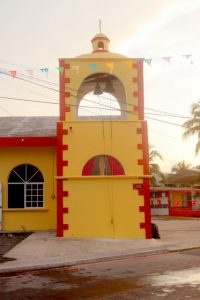

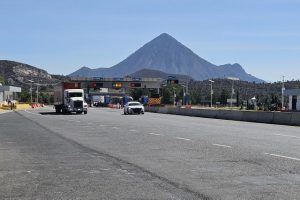
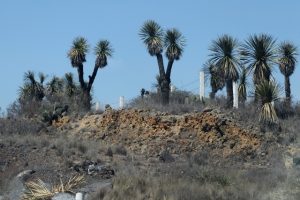
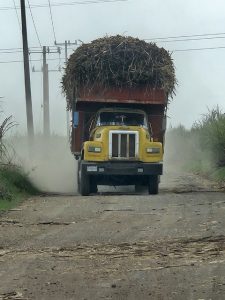

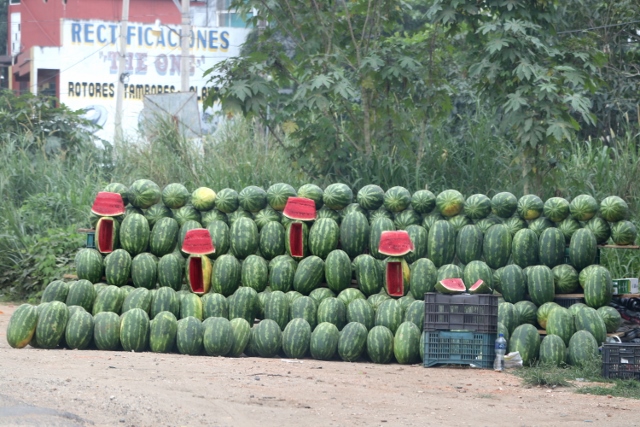
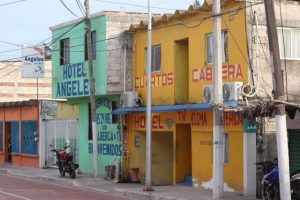
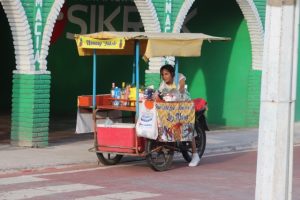
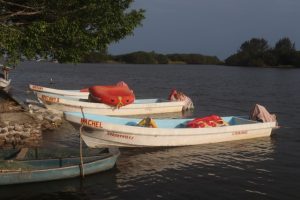
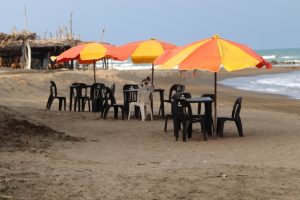

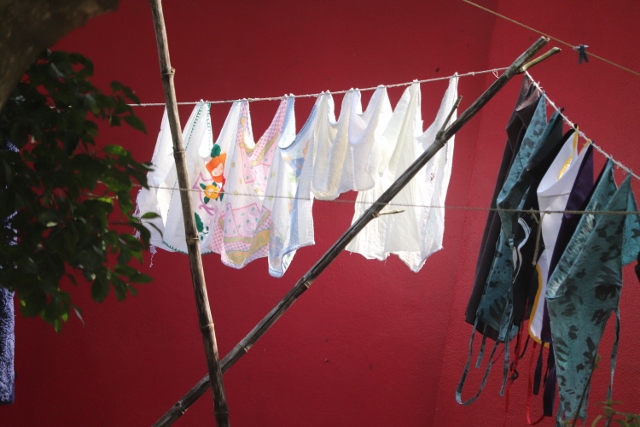











Yes you did but afterall it’s quite nice I guess!!